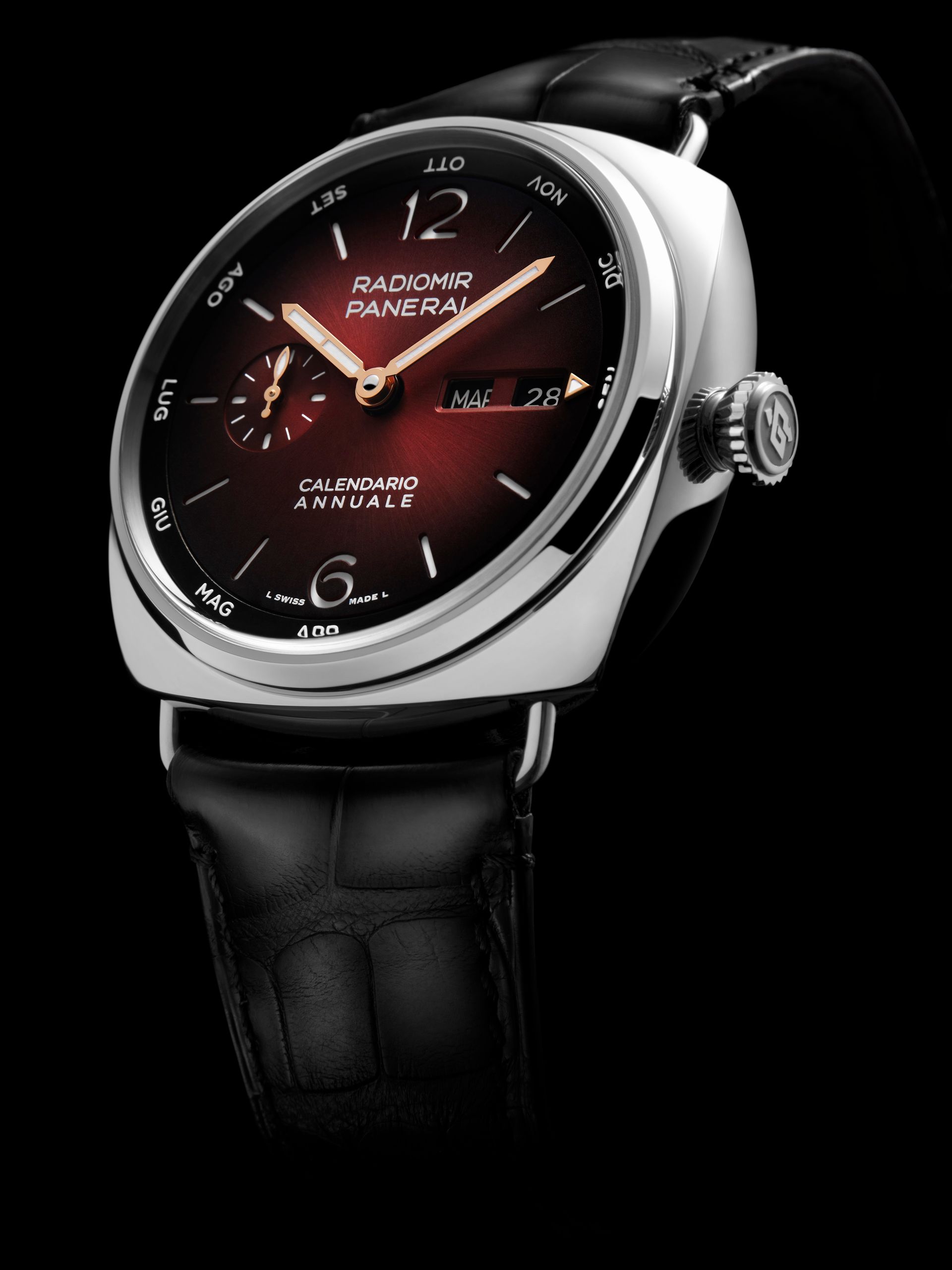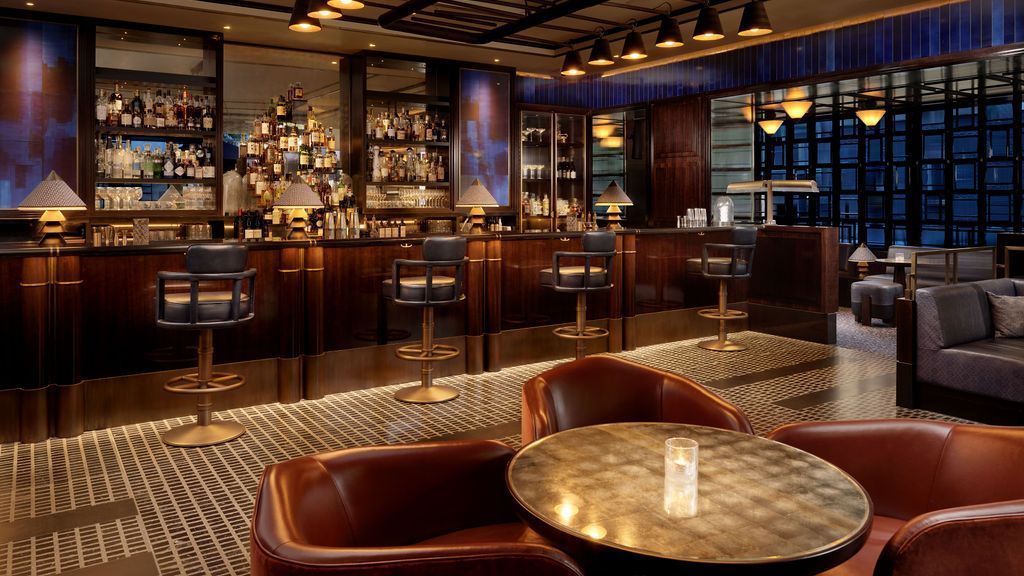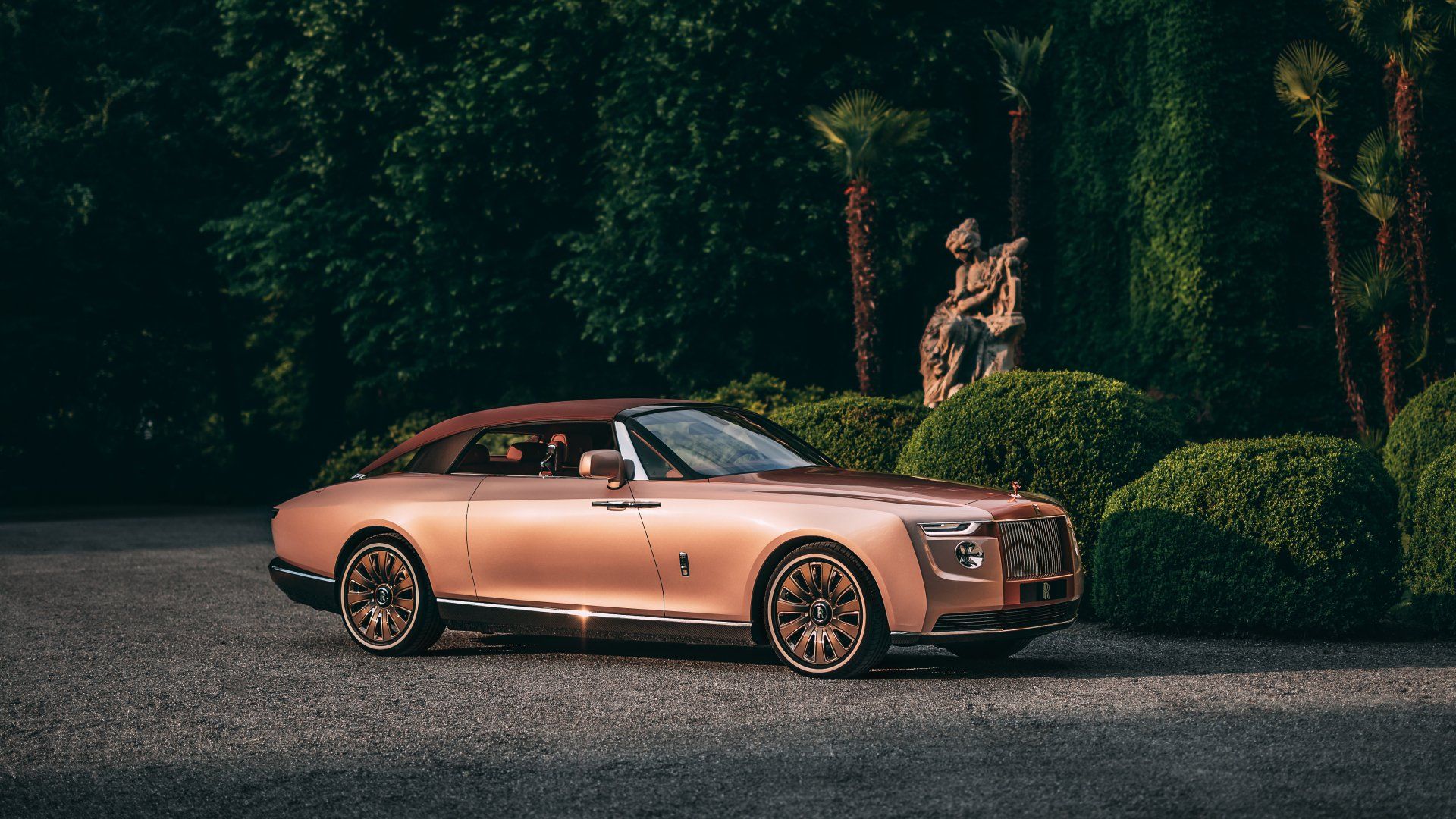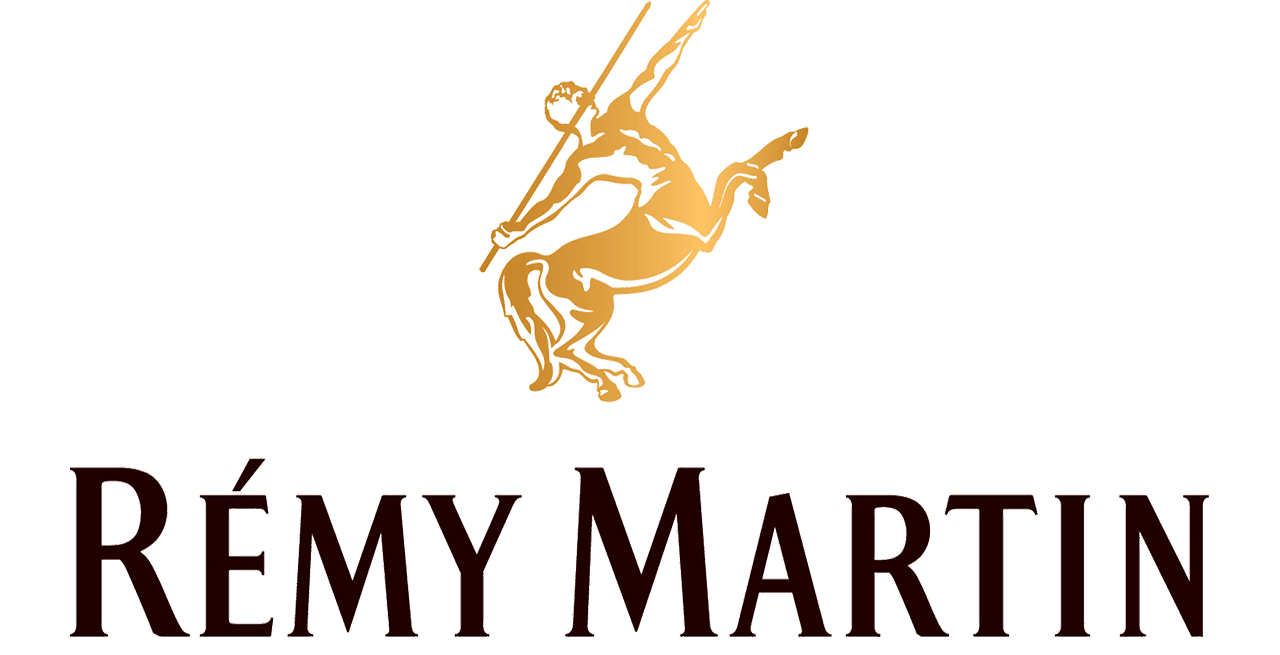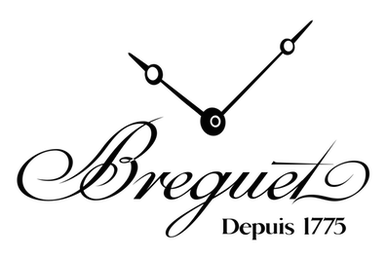RADIOMIR: THE MAKING OF A LEGEND
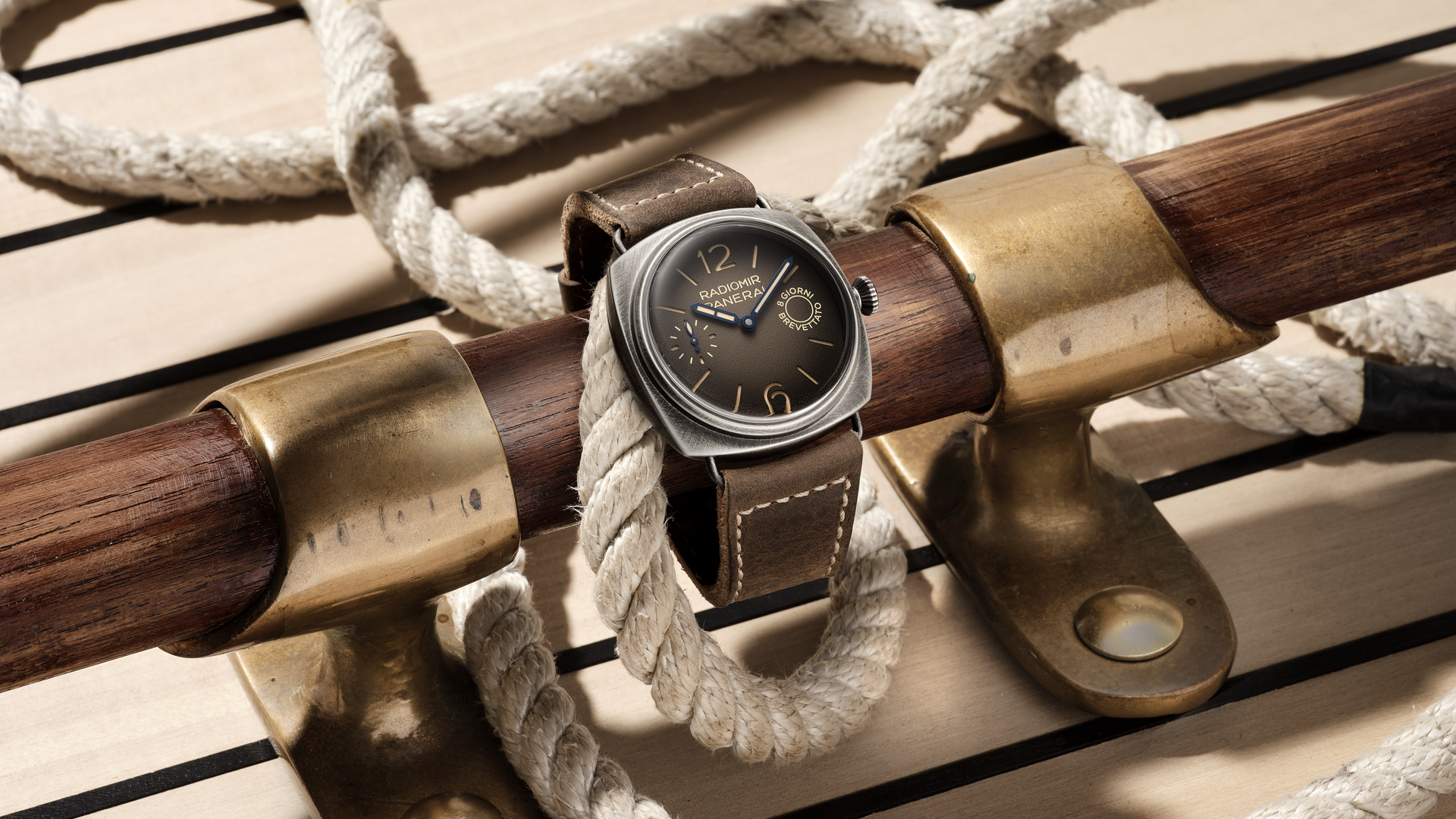
For over a century, the legacy of the Panerai family has been intertwined with the crafting of precision instruments destined to accompany the Italian military in their exploits. On the historical Ponte alle Grazie, the family opened in 1860 a watch shop and subsequently founded an horology school in Florence that also served as a workshop. Under the guidance of the founder Giovanni Panerai, the store expanded and moved several times before finally settling in the Palazzo Arcivescovile in Piazza San Giovanni with the sign “Orologeria Svizzera”, property of Guido Panerai & Figlio, where today the historic flagship store of the Florentine brand stands.
At the start of the 20th century, Officine Panerai was commissioned by the Royal Italian Navy to supply high-precision instruments, and with the inventive genius of the founder’s grandson Guido Panerai, the patented Radiomir was created in 1916, a radium-based substance that allows for “self-luminous sights for launching torpedoes at night and for firing weapons in general.” The success of this invention sealed Panerai’s destiny, setting the brand on a ground-breaking journey along with the missions of the Italian Navy
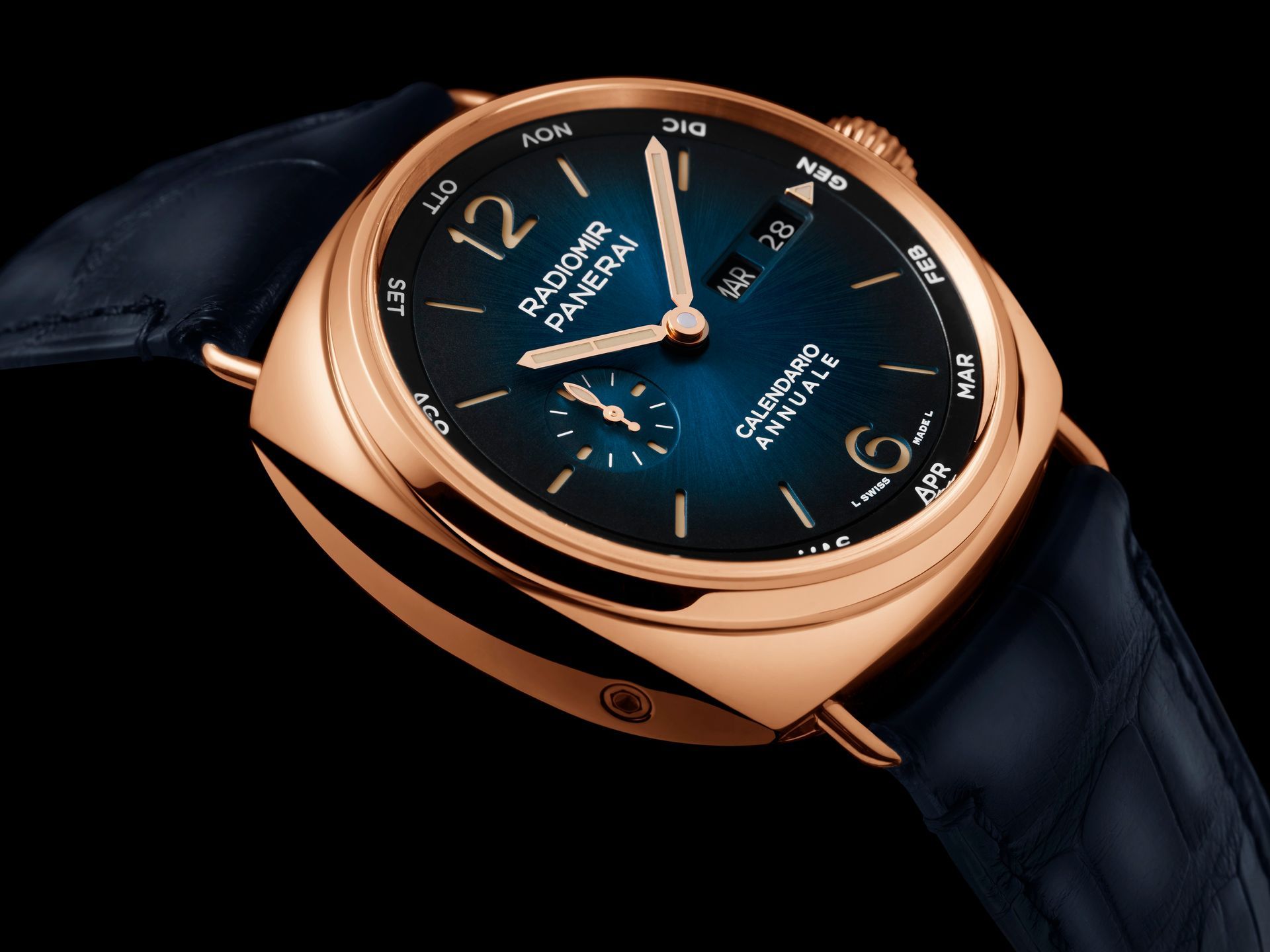
An archival receipt shows that the Radiomir prototype was presented in 1935, as a military underwater watch. Taking its name after the patented luminous material created by Guido, the watch measures 47mm in diameter. The generous dimension, and its cushion shape, with sides shaped to protect the dial, made it very resistant, while the three-part construction with a screw-on back and a screw-down winding crown ensured maximum water resistance. Other features included the wire loop strap attachments, welded directly to the case, and its wide strap, water-resistant and long enough to be worn over the diving suits used by the frogman commandos in often murky waters near military ports. Its robustness, water resistance, and ease of reading sealed it as the sought-after instrument across different military units for various missions.
To fulfil the ever-demanding military requirements, Officine Panerai continuously improved on the original model introducing elements that include the now iconic sandwich dial to make the hour markers and numerals even more legible and luminescent. The dial construction evolved from a single plate to two layered plates.
Resembling a sandwich structure, two plates are superimposed with the lower plate covered with a luminous substance and then interposition with a transparent Perspex® disc to perfectly protect the self-luminous paste. This allowed the dial to contain a quantity of self-luminous substance so significant that underwater commandos sometimes had to cover the dial with mud or seaweed during night operations to avoid being spotted.
The radium-based substance was then progressively replaced by another based on tritium, also invented by Officine Panerai, the Luminor. Intended exclusively for military use, the name was patented on 11 January 1949 for “products luminous in any form, fluorescent, phosphorescent and similar”.

Performance and function are the key drivers of Officine Panerai’s research, so the instruments evolved to respond to the ever-changing needs of the military. In the 50s, the case became thicker so that lugs could be formed directly from the same steel block of the case while a solid monobloc construction replaced the wire loop strap attachments.
In 1956, a new diving watch, Ref GPF 2/56, which later came to be known as the Egiziano came to life with remarkable innovations, including a 60mm diameter case, a graduated rotating bezel to calculate diving time, the Swiss-made Angelus caliber with an 8-day power reserve movement and the element that most identifies Panerai today, the crownprotecting device. The crown protection was patented in the same year, and the Egiziano was set in history as the inspiration model for modern Submersible watches.
The evolution in details, from case dimensions to the use of a new luminous substance, resulted in the introduction of Luminor, the watch, in the 1960s, with its distinctive cushionshaped case, wide and flat bezel, and crown-protecting device. The crown-protection system enables excellent water resistance, protecting the crown from shocks and unintentional manipulation even under extreme conditions. Panerai is a name that draws from an entire century of developments and innovations where instruments were developed for performance and functional design in response to evolving technical needs.
Pre-Vendome
Professional watches produced strictly for the military and not for commercial purposes; the forces used them until the early 1970s with its designs and technology protected by military secrets. Only in the early 21st century were these models made available to the public.
Countering the global economic and political crisis in 1992, Officine Panerai leaped into the commercial watch market, launching three collections amounting to ten references in limited editions - the 44 mm Luminor and Luminor Marina 44mm watches and the Mare Nostrum 42mm chronograph, inspired by the historical models created for the Underwater Commandos division of the Italian Navy. Presented on 10 September 1993 at the La Spezia military harbor in the presence of Duke Amedeo D’Aosta, son of Sir Aimone di Savoia, the then supreme head of the Italian diving department, the pieces quickly become highly sought-after items for collectors and enthusiasts.
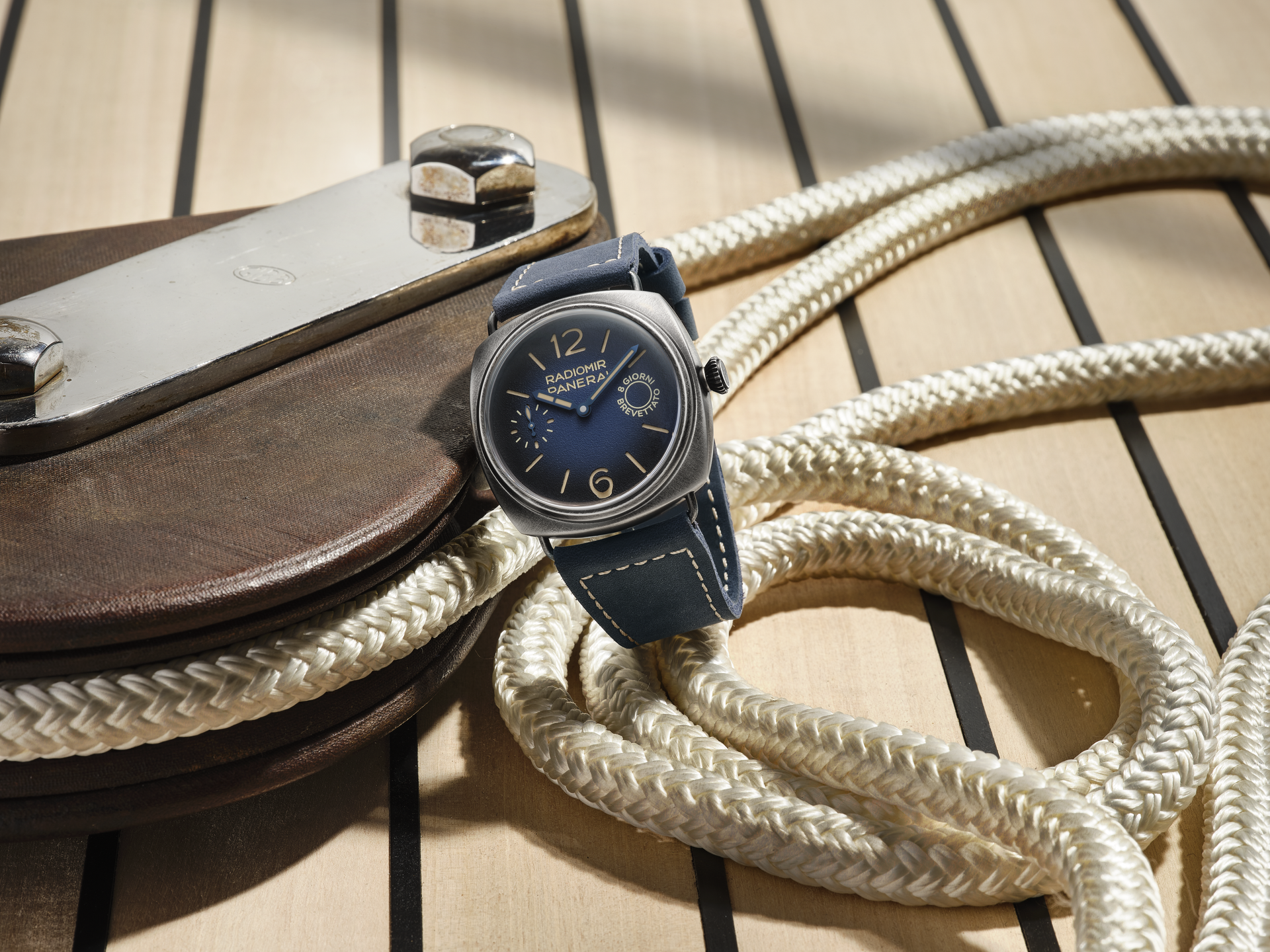
In 1996, American actor Sylvester Stallone requested a custom model of Panerai watches to be used in his film Daylight, and a series of watches known as Luminor Slytech was born, taking after the actor’s nickname Sly.
Post Vendome
When the Vendome Group – today Richemont Group - acquired Panerai in 1997, they introduced the first Vendome special edition in sixty pieces - the PAM21 model in a platinum cushion case with a screw-down winding crown. The acquisition advanced Panerai’s history into contemporary developments. The Maison’s historic boutique in Piazza San Giovanni reopened, and in 2002, the Panerai Manufacture in Neuchâtel, Switzerland, was inaugurated. Fine Swiss watchmaking, Italian design and know-how come together in a single location where planning, development, and continuous research offer new technical and functional perspectives driven by an Italian soul.
In 2005, Panerai launched its first inhouse movement, the P.2002: a hand-wound calibre with GMT function and an eight-day power reserve, as in the Angelus movements used in the 1950s. In homage to Panerai’s passion for the sea, Officine Panerai acquired and restored Eilean in 2009, the 1936 Bermudian ketch built in Fife’s legendary shipyard - in the same era as the birth of the original Radiomir watch. Restored by the experts at the Francesco Del Carlo shipyard in Viareggio, Eilean set sail on 22 October 2009 and the event was commemorated with the re-edition of the Egiziano, the model Panerai designed for the Egyptian Navy in 1956.
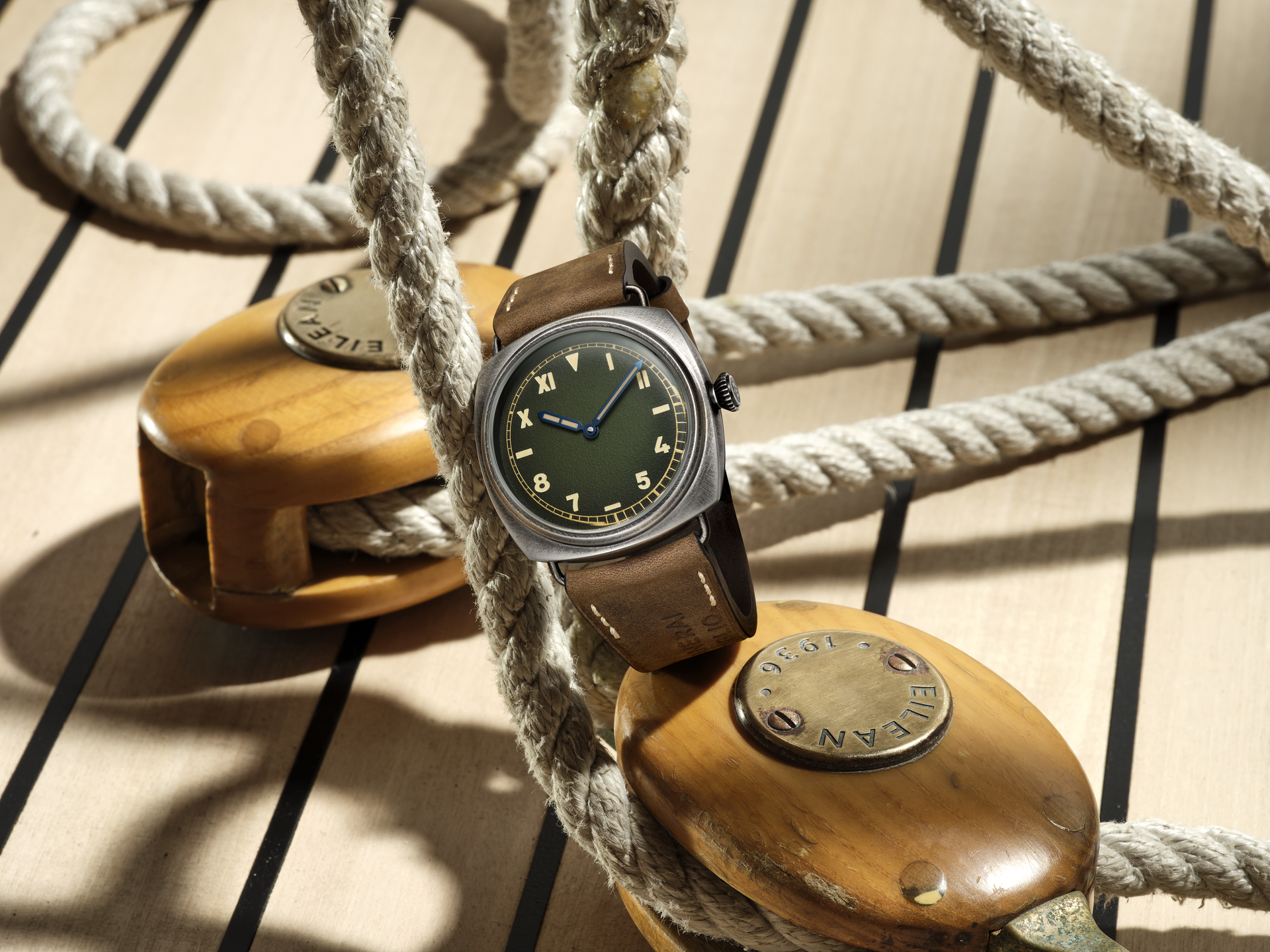
Contemporary looking to the future
From Panerai’s expansive archives, the process and development of the brand has and continues to play a fundamental role in developing new movements, innovative materials, and mechanical functions. Today, the Maison advances through cutting-edge research, strategic and profitable partnerships, a sustainability programme, and empowering modern heroes via initiatives that reflect its pillars.
These include the introduction of eSteel™, a next-generation metal obtained from pre-consumer recycled steel scraps (up to 95%) coming from different industries, preferably from Swiss watchmaking industry, whose production significantly reduces CO2 emissionse. From an environmental perspective, Panerai partnered with the Intergovernmental Oceanographic Commission of UNESCO (IOC-UNESCO) to develop ocean literacy activities within the UN Decade of Ocean Science for Sustainable Development (2021-2030) framework.
The programme aims to help citizens, stakeholders and institutions to understand their interaction with the ocean and apply this knowledge to develop solutions with the aim of building a more sustainable, equitable society. With 170 boutiques worldwide and a series of patented in-house movements, the Maison continues to manifest its origins of high-precision instruments with a pulse on distinction, innovation, and function that projects into the future.
